Collector Rajan Bijlani has opened up his London residence for an exhibition that includes highlights from his 500-piece assortment of furnishings made for Le Corbusier‘s grasp plan of Chandigarh within the Fifties and 60s.
The Syncretic Voices exhibition, curated by Bijlani along with artwork advisers Michael Jefferson and Truls Blaasmo, options mid-century originals alongside modern items by artists and designers from the South Asian diaspora.
Concurrently with Frieze Artwork Honest, the present is being held at Bijlani’s London townhouse, which was beforehand a ceramicist’s residence and studio often known as Fonthill Pottery.
“The constructing was previously the residence and studio of the celebrated ceramicist Emmanuel Cooper from the overdue Nineteen Seventies till he handed away in 2012,” Bijlani advised Dezeen. “I wished to honour the opulent historical past of the humanities within the house by internet hosting an exhibition right here.”
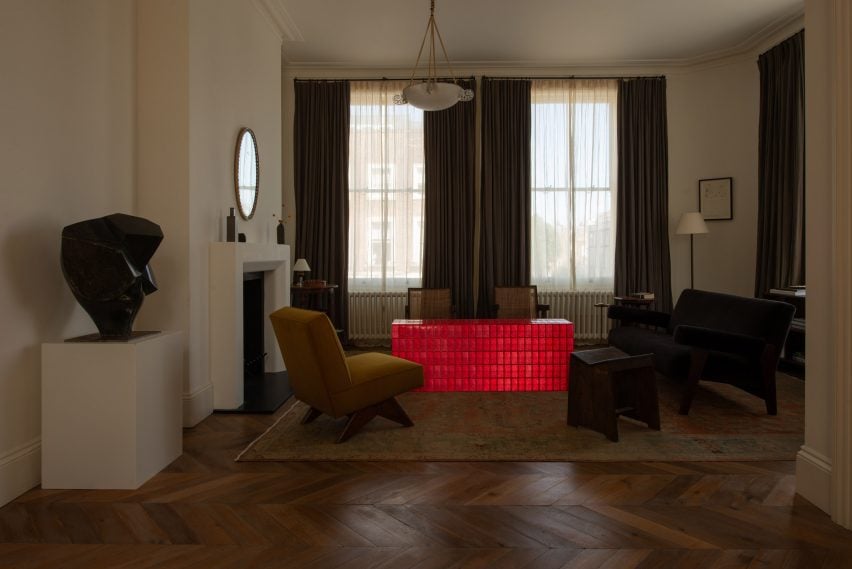
“Having the exhibition in my house is a approach of narrowing the divide that’s usually skilled between design and artwork and the way they work together in a group,” he added.
Bijlani collaborated with architect Joseph Edwards and inside designer Rebecca Sicardi to remodel his residence right into a ephemeral gallery.
Dotted throughout the townhouse are items by artists and designers of South Asian origin, together with a trio of mosaic works constituted of bicycle reflectors by Bangladesh-born London-based artist Rana Begum.
Additionally featured are hand-glazed tile assemblages by ceramicist Lubna Chowdhary – who was born to Indian dad and mom in Tanzania however grew up in Britain – hinting on the townhouse’s earlier employ.
These modern items are accompanied by mid-century Chandigarh furnishings, sourced from the 500-piece assortment Bijlani collected over the course of 20 years.
Chandigarh, which has been known as the “first modernist metropolis on the earth“, was master-planned by Le Corbusier and his cousin Jeanneret after it was named the novel capital of the state of Punjab within the wake of India’s partition and independence.
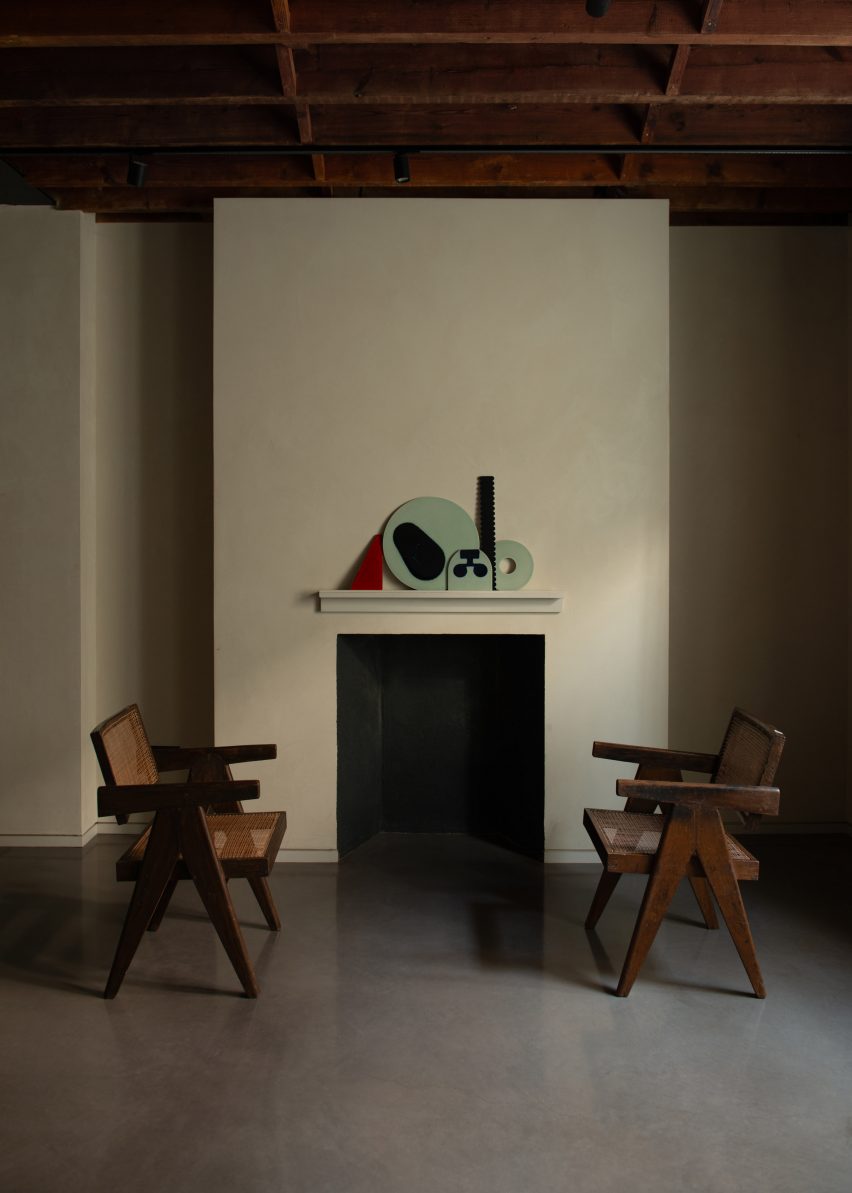
As a part of the undertaking, a crew led by Jeanneret designed a variety of furnishings for town’s newly constructed buildings, the preferred being the Chandigarh chair – a mid-century up-to-date traditional.
“The unique furnishings by Jeanneret and Le Corbusier stays elegant, purposeful and adaptable to employ in lots of interiors,” Bijlani commented.
“The minimal geometry and ideal proportions enable the work to dwell in concord with artwork, which is related to as we speak’s style.”
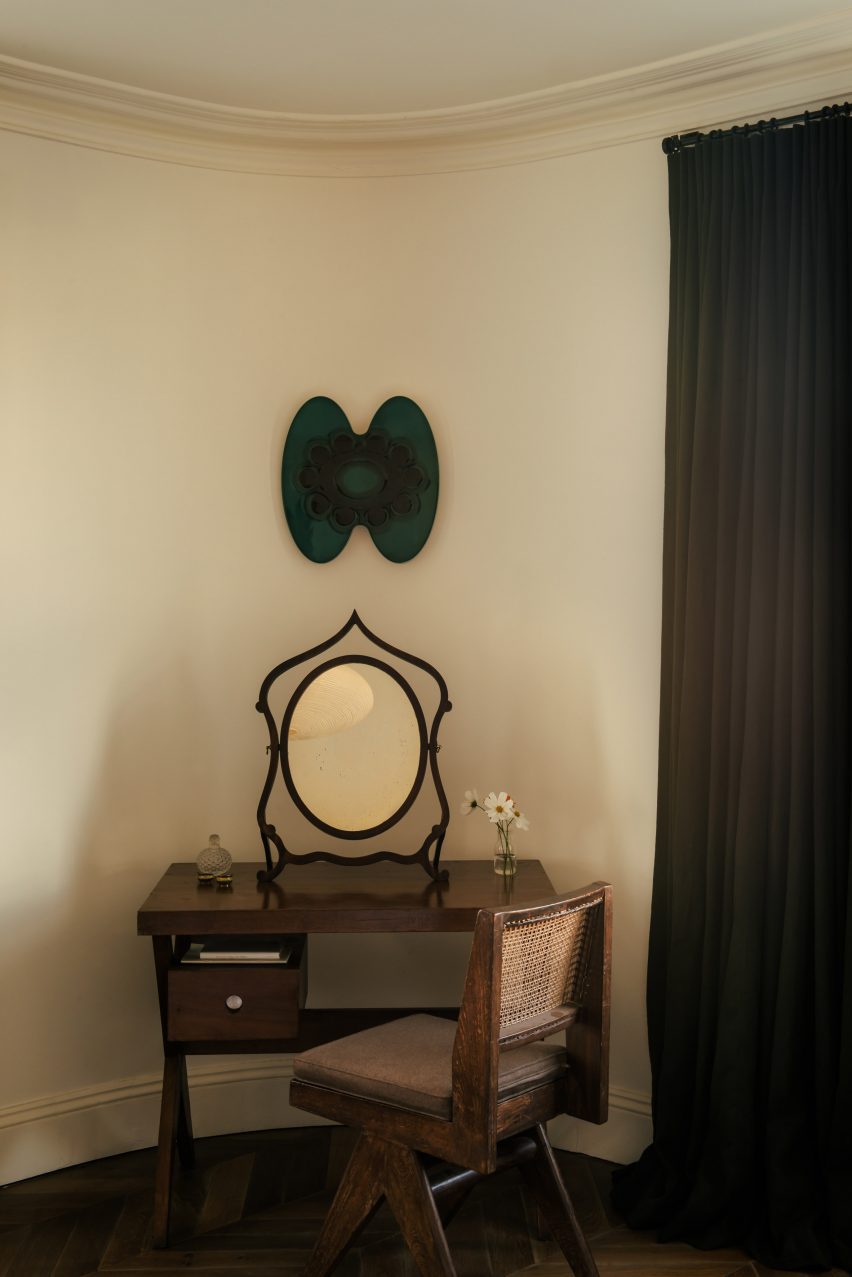
“My assortment particularly provides to the lasting affect and significance of the unique works, as I give attention to the opulent surfaces and patina garnered over time,” he added.
Among the many furnishings on present are a number of limited-edition items restored in collaboration with the interiors arm of Italian luxurious model Loro Piana.
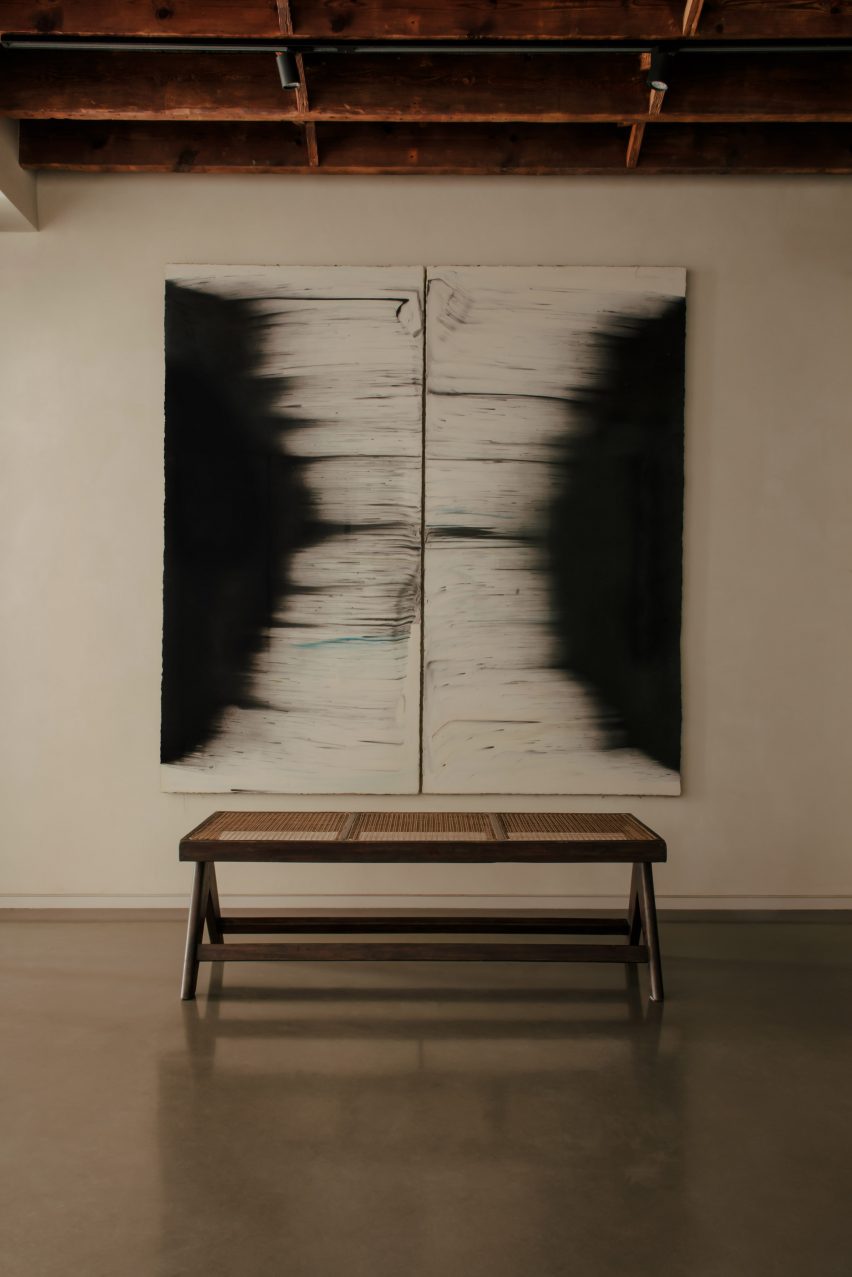
The exhibition hopes to point out the ripple results of India’s partition on the output of artists and designers born from its diaspora, Bijlani mentioned.
“This curatorial undertaking stems from the shared expertise of the South Asian diaspora, which is intently intertwined with the Partition of India in 1947,” he defined.
“Regardless of this being a time of nice upheaval, one which severed each communities and cultures, collective recollections and histories have endured, handed down from technology to technology by lived experiences.”
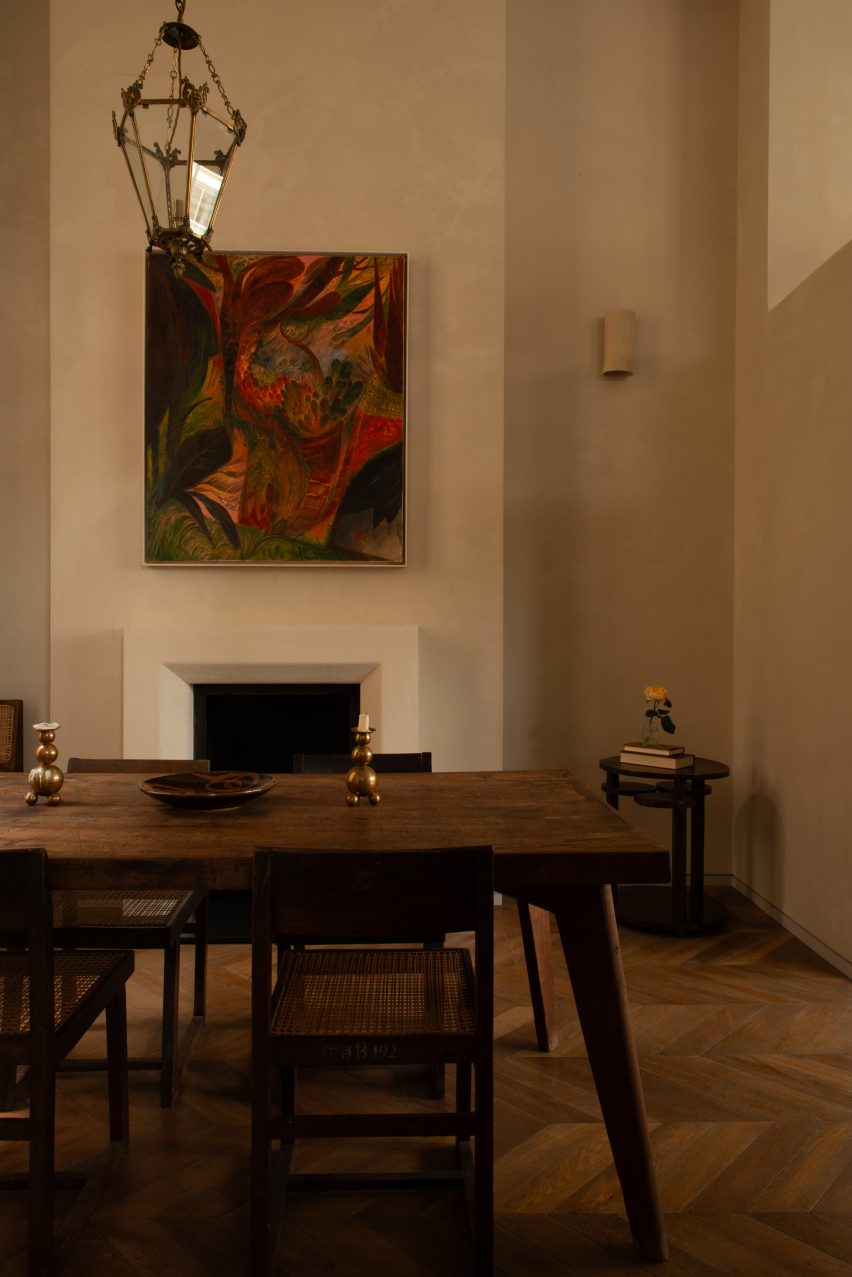
Additionally on present within the townhouse are work by Tanya Ling, Soumya Netrabile, Vipeksha Gupta and Harminder Choose.
Dezeen not too long ago took a deep dive into the Chandigarh chair as a part of our sequence on mid-century up-to-date design, exploring a number of the questions across the chair’s authorship and the involvement of Indian architect Eulie Chowdhury.






